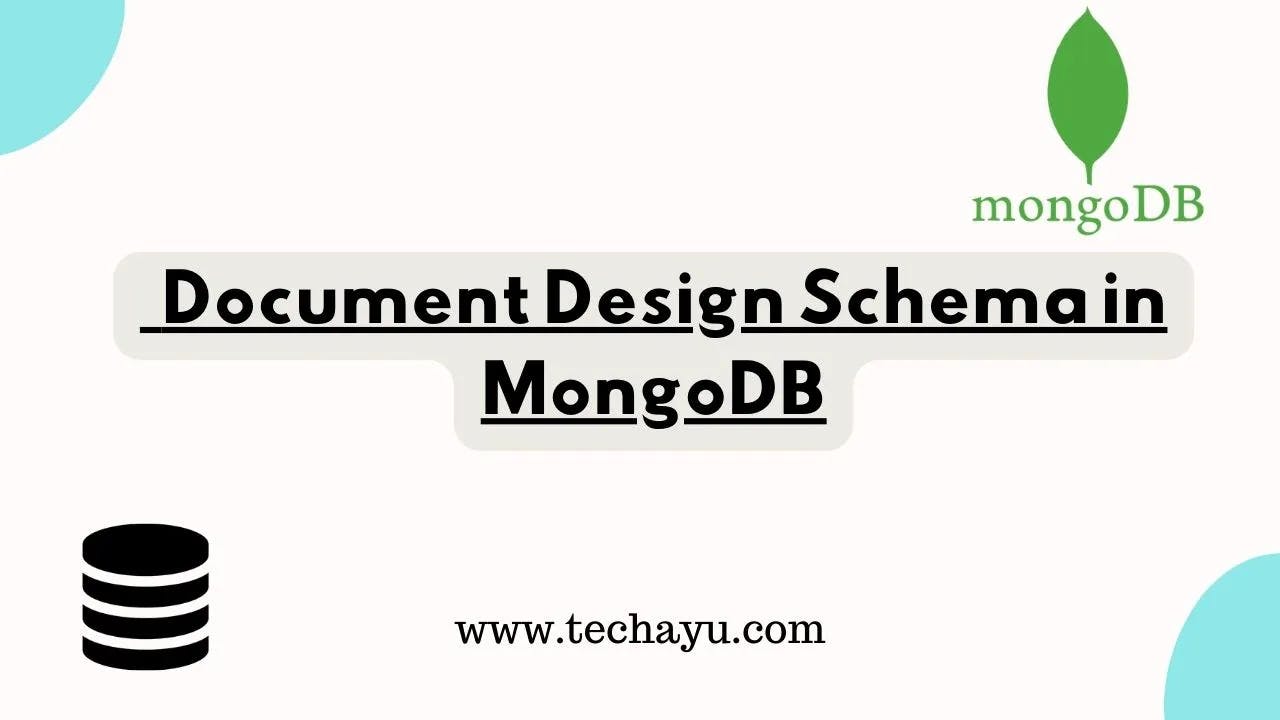
How To Design a Document Schema in MongoDB
Designing an effective document schema is crucial for leveraging the full potential of MongoDB, a NoSQL database that thrives on flexibility. In this guide, we’ll explore the best practices and steps to craft a robust document schema for your MongoDB database.
Understanding MongoDB’s Document Model
MongoDB is known for its flexible and schema-less document model. Each document can have a different structure, allowing developers to adapt quickly to changing requirements. However, a well-thought-out document schema is still essential for optimal performance and maintainability.
Step 1: Define Your Data Model
Begin by clearly defining the data model for your application. Identify the entities, relationships, and data types involved. This step is fundamental for creating a solid foundation for your document schema.
Step 2: Utilize Embedded Documents for Hierarchical Data
MongoDB allows the embedding of documents within documents, a powerful feature for handling hierarchical data. Use embedded documents to represent relationships and encapsulate related information within a single document.
{
_id: 1,
title: "Blog Post",
content: "This is the content of the blog post.",
author: {
name: "John Doe",
email: "john.doe@example.com"
}
}
Step 3: Leverage Arrays for Multi-Valued Attributes
Arrays in MongoDB are excellent for handling lists of values. Utilize arrays to store multi-valued attributes within a document, providing a flexible and scalable approach.
{
_id: 2,
title: "Product",
name: "Smartphone",
features: ["High-resolution camera", "Fast processor", "Long battery life"]
}
Step 4: Use References for Document Relationships
When dealing with large or frequently updated datasets, consider using references to represent relationships between documents. This promotes data consistency and makes updates more manageable.
// User Document
{
_id: 101,
username: "user123",
email: "user@example.com"
}
// Post Document with Reference to User
{
_id: 201,
title: "A MongoDB Journey",
content: "Exploring the world of MongoDB.",
author: {
userId: 101,
username: "user123"
}
}
Step 5: Plan for Indexing
Design your document schema with indexing in mind. Identify fields that will be queried frequently and ensure those fields are appropriately indexed for improved query performance.
Step 6: Optimize for Read and Write Patterns
Tailor your document schema to optimize for the types of queries your application will frequently perform.
Conclusion: Craft a MongoDB Document Schema with Precision
A well-designed document schema is the backbone of a successful MongoDB deployment. By following these steps, you can create a flexible and efficient structure that aligns with your application’s needs. MongoDB’s document model offers unparalleled flexibility—embrace it wisely to unlock the full potential of your data.
Dive into the world of MongoDB document design, and shape your database to fit the unique requirements of your application. Happy designing!
